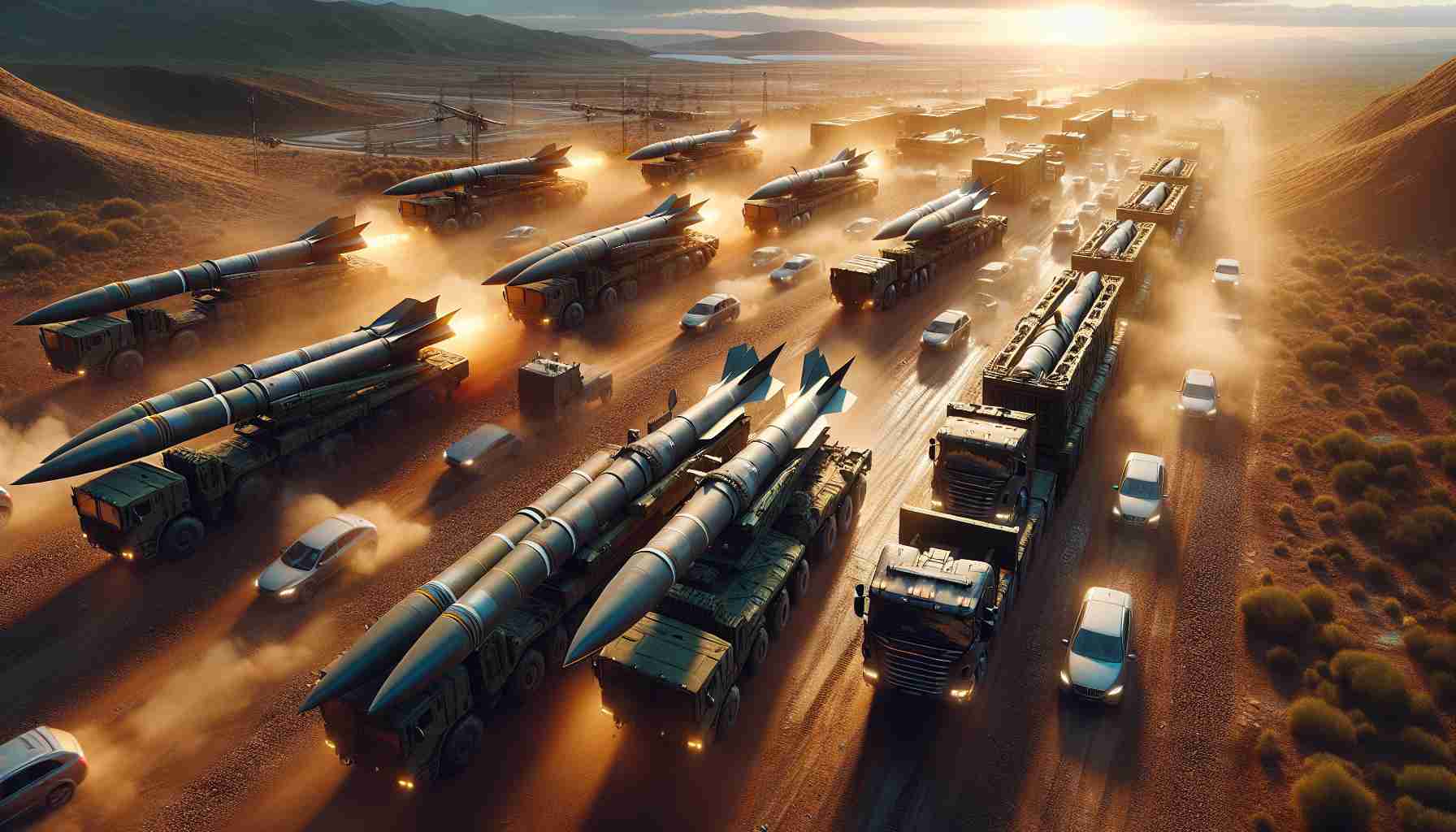Exciting developments are on the horizon for Indian mobile users as the government sets its sights on introducing satellite internet services in the upcoming year. Industry giants such as Jio, Airtel, Vodafone-Idea, alongside international contenders like Starlink and Amazon Kuiper, are eagerly vying to be among the first to offer this innovative technology.
The Department of Telecommunications is working swiftly to determine how to allocate the essential frequency spectrum needed for the satellite internet rollout. Recently, the Telecom Regulatory Authority of India (TRAI) convened discussions with relevant stakeholders, including telecom companies, to ensure a smooth process. It appears that Jio and Airtel favor a competitive bidding approach for spectrum allocation; however, the government may opt for a more streamlined method.
By mid-December, TRAI is anticipated to finish its recommendations which will then require Cabinet approval by month’s end. Once given, the distribution of spectrum will officially commence. In this competitive landscape, Starlink has expressed its readiness to commence operations in India, having sought permission back in October 2022. Although it awaits official validation, Airtel and Jio are already cleared to progress with their satellite services. However, Starlink and Amazon Kuiper might face additional hurdles before launching.
In a related development, BSNL has introduced India’s pioneering internet TV service named IFTV. Currently operational in states like Madhya Pradesh and Tamil Nadu, it is now expanding into Punjab, as part of its partnership with Skypro, promising to enhance entertainment and connectivity for customers nationwide.
Sky’s the Limit: The Impact of Satellite Internet Services in India
The push for satellite internet services in India is not just a technological upgrade; it represents a potential cultural and economic transformation for the nation. As Indian telecom giants and international companies prepare to enter the satellite internet arena, a myriad of implications emerges, reshaping lives, industries, and the broader socio-economic landscape.
One of the most significant advantages of satellite internet is its capacity to reach remote and rural areas that are often underserved by traditional broadband infrastructure. For many Indians living in these regions, the introduction of satellite internet could mean improved access to education, healthcare, and job opportunities. This connectivity will facilitate access to online resources, telemedicine services, and high-quality education platforms, potentially lifting many out of poverty. With the ability to connect to the world, these communities could see a wave of entrepreneurial activities, driven by newfound access to global markets.
However, the launch of satellite internet is not without its controversies. One key concern revolves around the allocation of frequency spectrum. The method by which the government distributes this scarce resource may lead to monopolistic situations if collusion occurs among major players. Small local internet service providers could find it increasingly difficult to compete in an environment dominated by giants like Jio, Airtel, and Starlink. Will the competitive landscape favor innovation and accessibility, or will it stifle competition? The outcome remains uncertain.
Various social implications also emerge with such changes. As more people gain access to internet services, there could be an increase in the digital divide, where urban populations benefit disproportionately from innovations while rural areas lag behind. Governments and companies must ensure that as satellite services roll out, efforts are made to promote inclusivity.
Taking a closer look at the context, India’s internet penetration rates have been rapidly increasing, yet significant gaps remain. As of 2023, approximately 50% of the Indian population uses the internet, but rural areas often struggle with weak infrastructure. Hence, the introduction of satellite internet could address these gaps if implemented thoughtfully.
Drawbacks also accompany this fast-paced development. The costs associated with installing satellite equipment may be prohibitive for many families, which could exacerbate inequalities in access to technology. Moreover, there are concerns regarding the environmental impacts of launching numerous satellites into space. As countries race to establish their global position in this new frontier, this raises questions about the sustainability of space activities.
Is the future of internet accessibility bright with satellite technology? It certainly holds potential. The possibility of providing high-speed internet to every corner of India can pave the way for myriad advancements in education, healthcare, and business. However, careful regulation and equitable distribution of resources are crucial to prevent monopolistic practices and to ensure that all citizens benefit.
How prepared are Indian consumers for this change? Surveys indicate interest levels are high, potentially driven by increased reliance on digital channels during the pandemic. Indeed, the demand for a robust internet service continues to grow. As such, companies like BSNL’s IFTV are gaining traction, indicating a readiness for such advancements in digital media consumption.
In conclusion, the launch of satellite internet services in India represents both an opportunity and a challenge. With growing global interest and the potential for significant societal improvement, it is vital for stakeholders to navigate this landscape responsibly to ensure that the transformation leads to widespread benefits. For further information, explore the Department of Telecommunications and TRAI for updates on regulatory approaches.





















